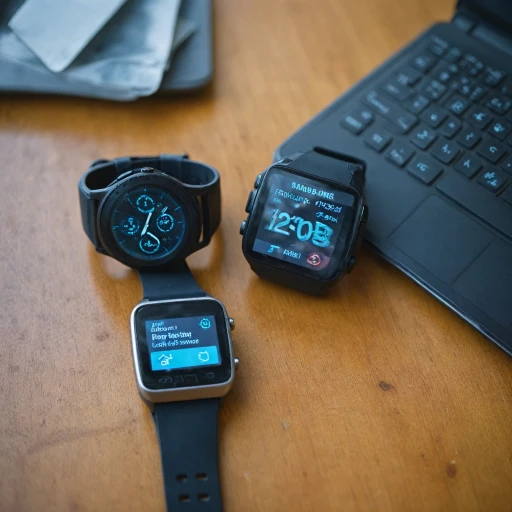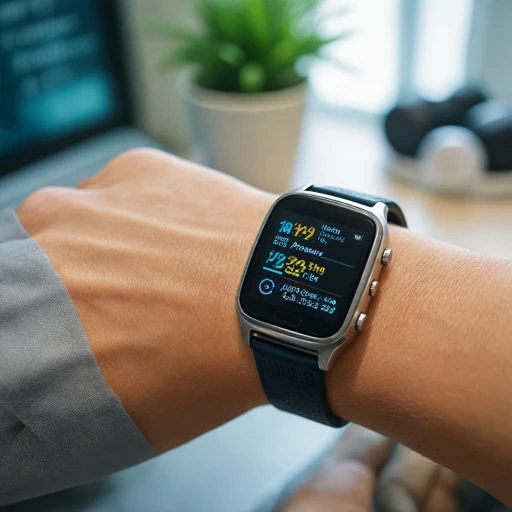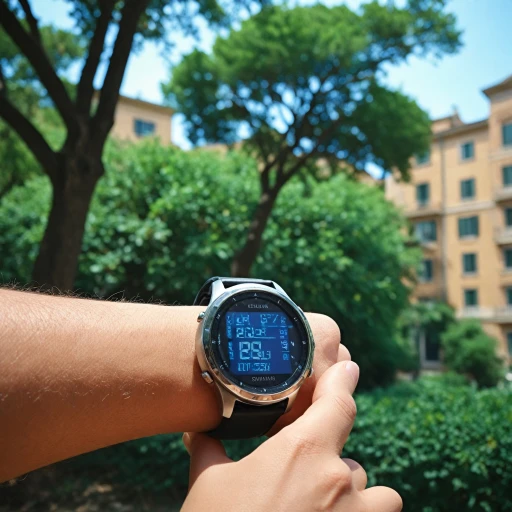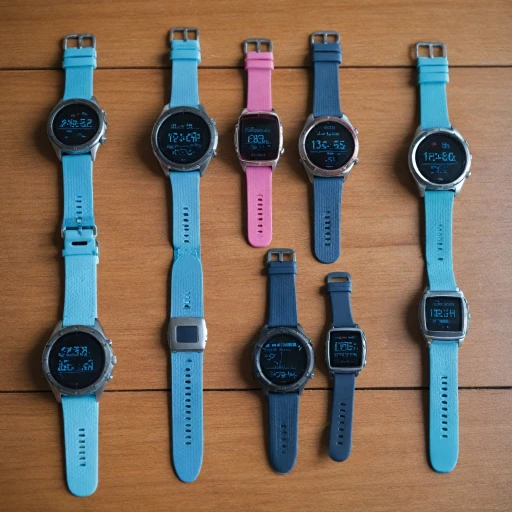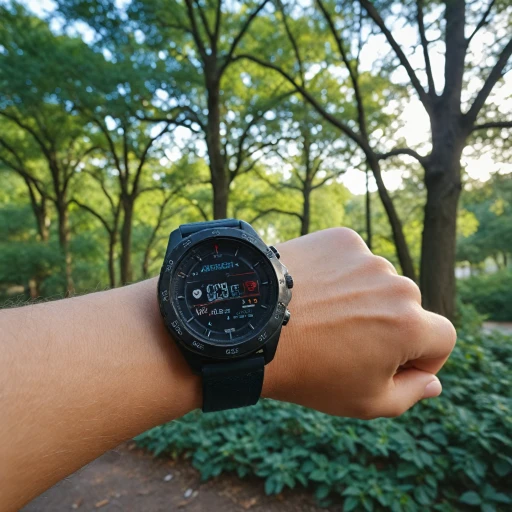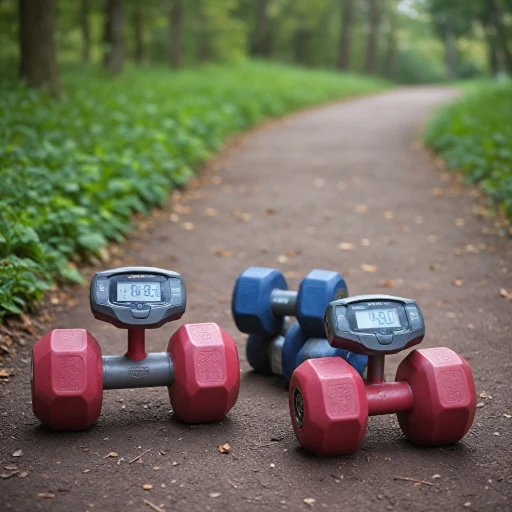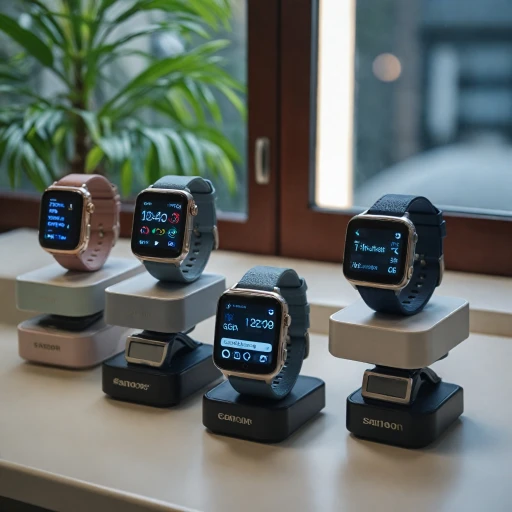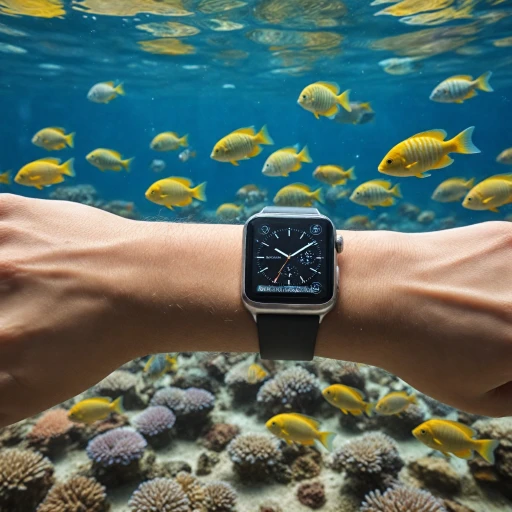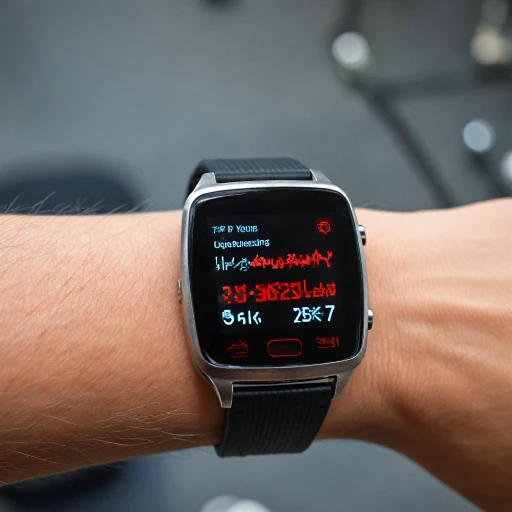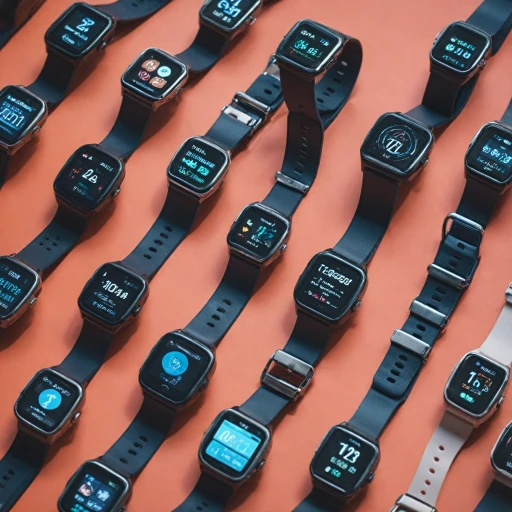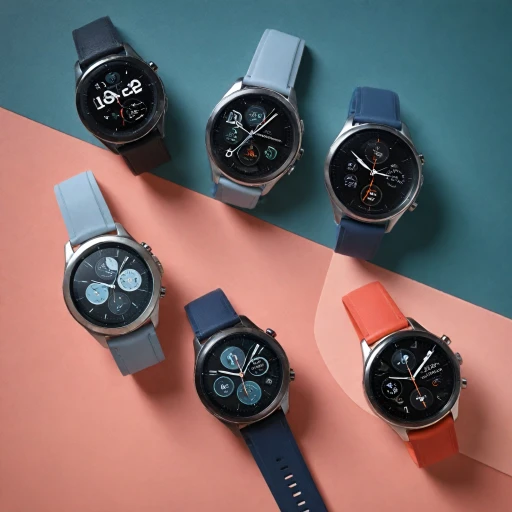
Understanding Blood Pressure Monitoring in Smartwatches
Grasping the Essentials of a Smart Blood Pressure Watch
In recent years, the healthcare technology market has witnessed the intriguing fusion of smartwatches with blood pressure monitoring capabilities. This amalgam has paved the way for more convenient health management approaches, as it integrates heart rate, sleep, and even blood oxygen measurements into one device, typically positioned on your wrist – typically referred to as a blood pressure watch. The primary allure of a wrist-mounted blood pressure monitor is undoubtedly its ease of use. Devices such as the Galaxy Watch and Apple Watch represent an evolution in this domain, providing pressures readings with a touch of health metrics. Traditionally, blood pressure checks required an upper arm cuff for an accurate measurement. Recent advancements, however, show promising levels of accuracy in these smart alternatives, although they may not yet fully replace professional devices for those with high blood pressure or specific health needs. Smartwatches that monitor blood pressure leverage sophisticated technology to estimate systolic and diastolic pressures. Implementing features like optical sensors and algorithmic pattern tracking, these gadgets aim to offer a comprehensive snapshot of your cardiovascular health. Yet, it's crucial to recognize that while smartwatches can provide readings, they are not medical devices. Still, they serve as excellent fitness trackers, emphasizing elements like heart rate and activity level, and remain best used as supplemental tools rather than definitive medical equipment. When selecting the right device, understanding your health priorities is integral. Individuals focusing on wellness might lean towards smartwatches with robust fitness tracking and sleep monitoring capabilities, while those more concerned with cardiovascular conditions might prioritize pressure monitoring and battery life. For those interested in delving further into the realm of wearables that measure blood pressure, among others, they can explore in-depth analyses of the ideal heart rate monitor watch for specific requirements. This guide provides insights into how these innovations could enhance daily routines and overall health awareness.Key Features to Look for in a BP Monitor Wrist Watch
Essential Attributes for Effective BP Monitoring
Selecting a suitable blood pressure monitor wrist watch requires attention to several key features that ensure accurate readings and integration into your health routine.- Measurement Accuracy: The most important function of a BP monitor wrist watch is to provide precise measurements. Consider devices that offer clinical validation or have a high reputation for accuracy. Some models employ advanced sensors or algorithms to closely mimic the accuracy of upper arm cuffs.
- Heart Rate Monitoring: An integrated heart rate monitor is crucial for providing comprehensive insights into your cardiovascular health. It helps correlate heart rate fluctuations with blood pressure changes for a complete picture.
- Battery Life: Constant monitoring can drain the battery quickly, so opting for a device with robust battery life ensures you won’t miss out on important data due to a dead battery.
- Comfort and Design: It's essential that your device is comfortable to wear if you plan on tracking health metrics throughout the day, including during sleep. A good design should balance functionality with style.
- Price and Value: While you shouldn’t compromise on health features, comparing devices within your budget can ensure you get the best value for your investment.
With the above factors in mind, exploring innovative devices that integrate both blood pressure and blood sugar monitoring can further optimize your health management practices.
Comparing Popular BP Monitor Wrist Watches
Comparing Top Choices for BP Watch Wearers
When it comes to selecting a wrist-based blood pressure monitoring device, there's a variety of options available on the market, boasting different features and specifications. Here's a look into some popular models that have gained user trust by providing more than just basic health metrics.- Apple Watch Series: Known for its sleek design and superior health tracking capabilities, the Apple Watch offers advanced features such as blood pressure monitoring and heart rate readings. With its seamless integration with iOS devices, it provides a comprehensive health overview right on your wrist. Though lacking the traditional cuff method, the watch delivers insightful data when used correctly.
- Samsung Galaxy Watch: This device stands out as a hybrid between fitness tracker and smart watch. With its ability to provide accurate blood pressure measurements alongside heart rate monitoring, it has been a favorite for many health-conscious users. Plus, you can enjoy free shipping on many online platforms, making it a viable choice for those looking to invest in their health without stepping out of the front door.
- Omron HeartGuide: Considered one of the best in the market, this true medical-grade blood pressure monitor fits comfortably around the wrist. Unlike most wrist-based devices, it incorporates an inflatable cuff to provide precise blood pressure readings that rival those of upper arm monitors.
Integrating BP Monitor Wrist Watches into Your Daily Routine
Integrating BP Monitor Wrist Watches into Your Everyday Life
Blood pressure monitoring wrist watches are becoming an essential tool for those who prioritize their health, offering an easy-to-use solution right on your wrist. But how can you seamlessly incorporate them into your daily routine? Many of these devices double as fitness trackers, allowing you to monitor your heart rate throughout the day, assess your sleep patterns at night, and even gauge your overall fitness levels. To make the most of your pressure watch, consider these practical tips:- Schedule Regular Measurements: Establish a routine by measuring your blood pressure at consistent times, such as in the morning and before bed, to get a baseline reading and track changes in your health.
- Use Fitness Features: Leverage additional features, like heart rate monitoring, to gain insights into your cardiovascular health. Some watches even offer workout reminders to keep you active throughout the day.
- Pay Attention to Device Alerts: Many smartwatches provide customizable alerts to notify you of high blood pressure readings or irregular heart rate, prompting you to take action when necessary.
The Accuracy and Limitations of BP Monitor Wrist Watches
The Reliability and Boundaries of Blood Pressure Monitoring on Your Wrist
Blood pressure monitoring wrist watches have paved the way for more accessible health tracking. Despite the convenience, understanding their accuracy and limitations is essential for potential users. First, the positioning of the watch matters. For best results, ensure the device fits snugly on the wrist without overly tight or loose adjustments. Unlike traditional upper arm cuffs, wrist devices are more sensitive to positioning, potentially affecting the accuracy of readings. Moreover, variables such as wrist positioning relative to the heart and the user's physical condition can influence the readings. Manufacturers often emphasize the importance of maintaining a relaxed body posture, with the wrist at heart level to achieve more accurate results. Comparatively, an upper arm blood pressure monitor might provide a more reliable measurement due to its less position-sensitive design. However, for many, the convenience of wrist monitors outweighs the minor accuracy variations. Another consideration is the calibration and performance over time. Users are encouraged to periodically compare wrist monitor readings with a professional medical device, ensuring the device remains trustworthy. Newer models incorporate advanced algorithms and sensors, bridging the gap in accuracy between traditional and wrist-based devices. The pressure monitor's accuracy can also vary in response to heart rate abnormalities or conditions affecting blood flow. Several watches even provide additional health metrics like heart rate, blood oxygen, and sleep monitoring to offer a more comprehensive view of your physical health. Though wrist blood pressure devices offer the free dom of mobility and convenience, they should not replace regular health assessments by professionals. Exploring model variations allows users to find devices that best meet their needs in terms of price, measurement accuracy, and additional features. Understanding these aspects ensures you choose a smart watch that aligns with your health monitoring needs, offering a blend of heart health insights and lifestyle management.Future Trends in Blood Pressure Monitoring Technology
Emerging Innovations in Blood Pressure Monitoring
The landscape of blood pressure monitoring technology is rapidly evolving, with new advancements promising to enhance the accuracy and convenience of wrist-based devices. As we explore the future, several trends are worth noting.
Enhanced Sensor Technology
One of the most significant developments is the improvement in sensor technology. Future smartwatches are expected to incorporate more sophisticated sensors that can provide more accurate blood pressure readings. These sensors aim to rival the precision of traditional upper arm cuffs, offering users a reliable alternative for monitoring their health.
Integration with Health Ecosystems
Another trend is the integration of blood pressure monitors with broader health ecosystems. Smartwatches are increasingly becoming central hubs for health data, connecting with other devices to provide a comprehensive view of one's health. This integration allows for better tracking of heart rate, sleep patterns, and even blood oxygen levels, offering a holistic approach to health monitoring.
AI and Machine Learning
Artificial intelligence and machine learning are playing a pivotal role in the evolution of blood pressure monitoring. These technologies enable devices to learn from user data, improving the accuracy of measurements over time. They also help in predicting potential health issues by analyzing patterns in heart rate and blood pressure readings.
Improved Battery Life
Battery life remains a critical factor for users, and future devices are expected to offer longer-lasting power. This improvement ensures that users can rely on their smartwatches for continuous monitoring without frequent recharging, making it easier to integrate these devices into daily routines.
Affordability and Accessibility
As technology advances, the price of blood pressure monitoring watches is expected to decrease, making them more accessible to a broader audience. This trend will likely lead to increased adoption, allowing more people to benefit from regular health monitoring.
In conclusion, the future of blood pressure monitoring wrist watches looks promising, with innovations aimed at improving accuracy, integration, and user experience. As these devices become more advanced, they will play an increasingly vital role in personal health management.

